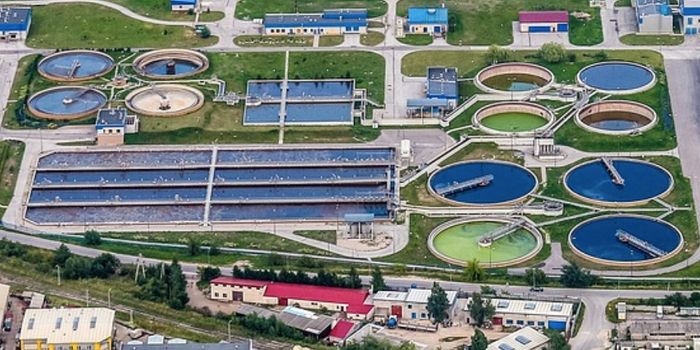Chemistry & Physics
Computer Models Assist in Understanding Flying Snake Aerodynamics
MAR 11, 2014 12:00 AM PDT
Share
Giant Active Virus Found in Siberian Permafrost
 As you sniffle through this years' cold and flu season, probably the last thing you want to hear is that an active giant virus was discovered buried in the permafrost in Siberia. Unfortunately, that really is the case-but don't worry, it only preys on amoebas. The discovery was published recently in the Proceedings of the National Academy of Sciences.
As you sniffle through this years' cold and flu season, probably the last thing you want to hear is that an active giant virus was discovered buried in the permafrost in Siberia. Unfortunately, that really is the case-but don't worry, it only preys on amoebas. The discovery was published recently in the Proceedings of the National Academy of Sciences.The husband-and-wife team that discovered the virus estimates that it has been buried in the permafrost for up to 30,000 years. This giant virus, named Pithovirus sibericum, comes in at 1.5 micrometers long, besting the Pandoravirus by 50% and claiming the title of the world's largest virus. The fact that it is large enough to be seen with a standard microscope gives it giant status in the viral world.
The research team was able to use permafrost samples from a previous study, where Russian scientists were able to bring back a plant from its fruit that was buried deep in the permafrost. The research team suspected it might be possible to bring back a virus in similar fashion. Indeed, by using amoebas as potential prey, the team was able to identify and observe the giant virus in action.
P. sibericum is quite a complex pathogen as well as a large one-it consists of 500 genes. It can't claim the complexity title, as the Pandoravirus has 2,500 genes, but it does overwhelm the typical virus. For a frame of reference, the HIV virus has around 12 genes.
It stands to reason that the giant viruses share hardiness. Even so, the environment of the permafrost is the primary reason that p. sibericum could survive. The cold, dark, oxygen- deprived environment is the perfect preservation-medium to allow the virus to survive and remain active, protecting it from typical degradation factors such as light and biochemical processes.
The structure of p.sibericum is also unusual, and raises questions about basic structural assumptions about viruses. It looks similar to Pandoravirus under a standard microscope, as an oval with thick walls and an opening on one end, but p. sibericum is mostly hollow on the inside (thus explaining the relative difference in ratio between size and number of genes). It was commonly thought that viral DNA packs as tightly as it can into the smallest space it needs, but p. sibericum appears to refute that.
While giant viruses generally attack amoebas, there is at least one boy in France that was confirmed to be infected with the giant virus strain Marseillevirus. Should we worry about these giant viruses after all? The answer is still no. Aside from being an excellent plot for a bad science fiction movie, the likelihood of human pathogens emerging from the Arctic to wreak havoc is pretty remote.
However, this recent discovery shows that there may be other life forms that could be released through drilling in Arctic regions or through continued melting of the Arctic ice-and even if humans aren't affected, there could be other unintended ecosystem consequences. Of course, if enough of the Arctic ice melts to get that deep into the permafrost, viruses may be the least of our concerns.
You May Also Like
Loading Comments...








